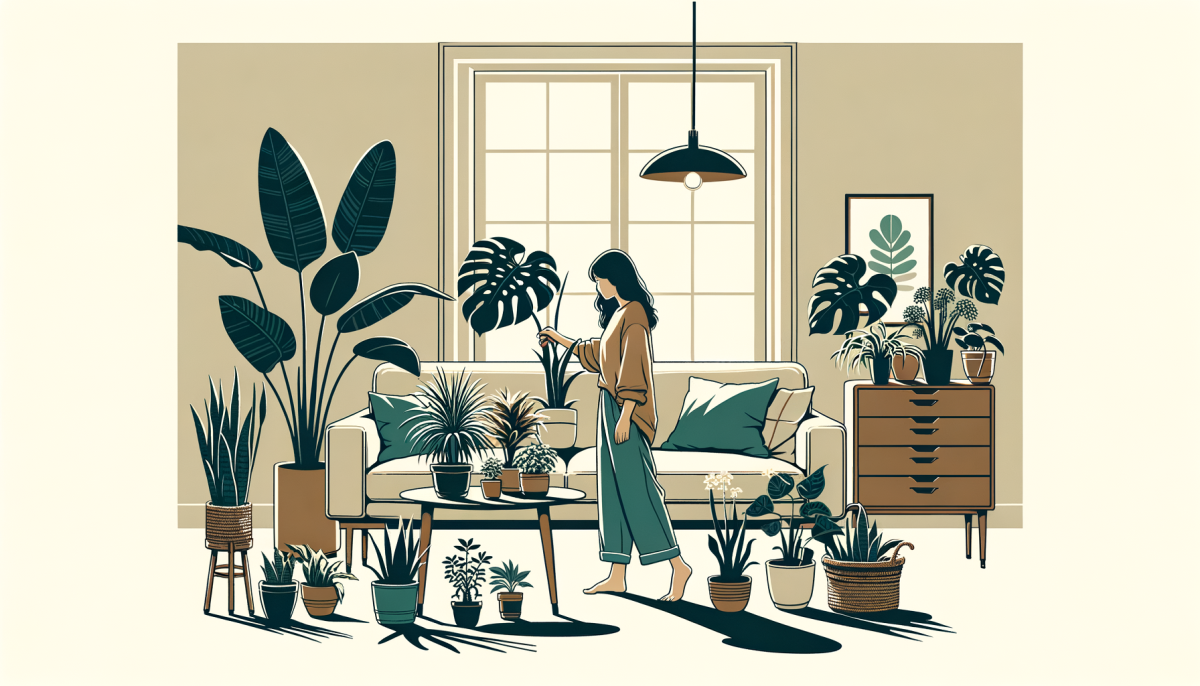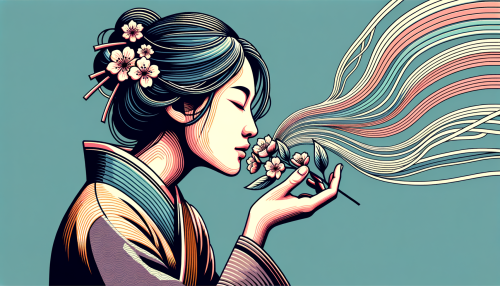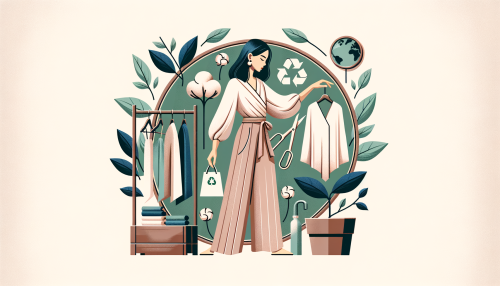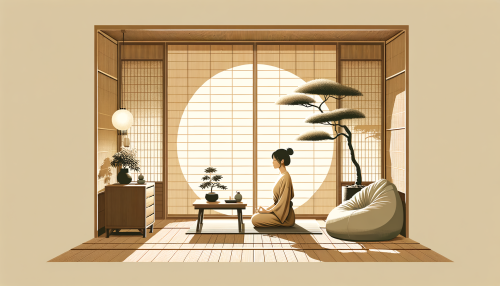Introduction
The art of interior design is a multifaceted discipline, a symphony of elements that harmonize to create an atmosphere that is both aesthetically pleasing and emotionally soothing. Among these elements, plants have emerged as a potent tool in the arsenal of the modern designer. They bring a touch of nature into our living spaces, infusing them with a sense of tranquility and vitality. This article delves into the world of decorating with plants, offering insights into plant selection, creative placement ideas, and maintenance tips to help you boost your home’s vibe.
Plant Selection Guide
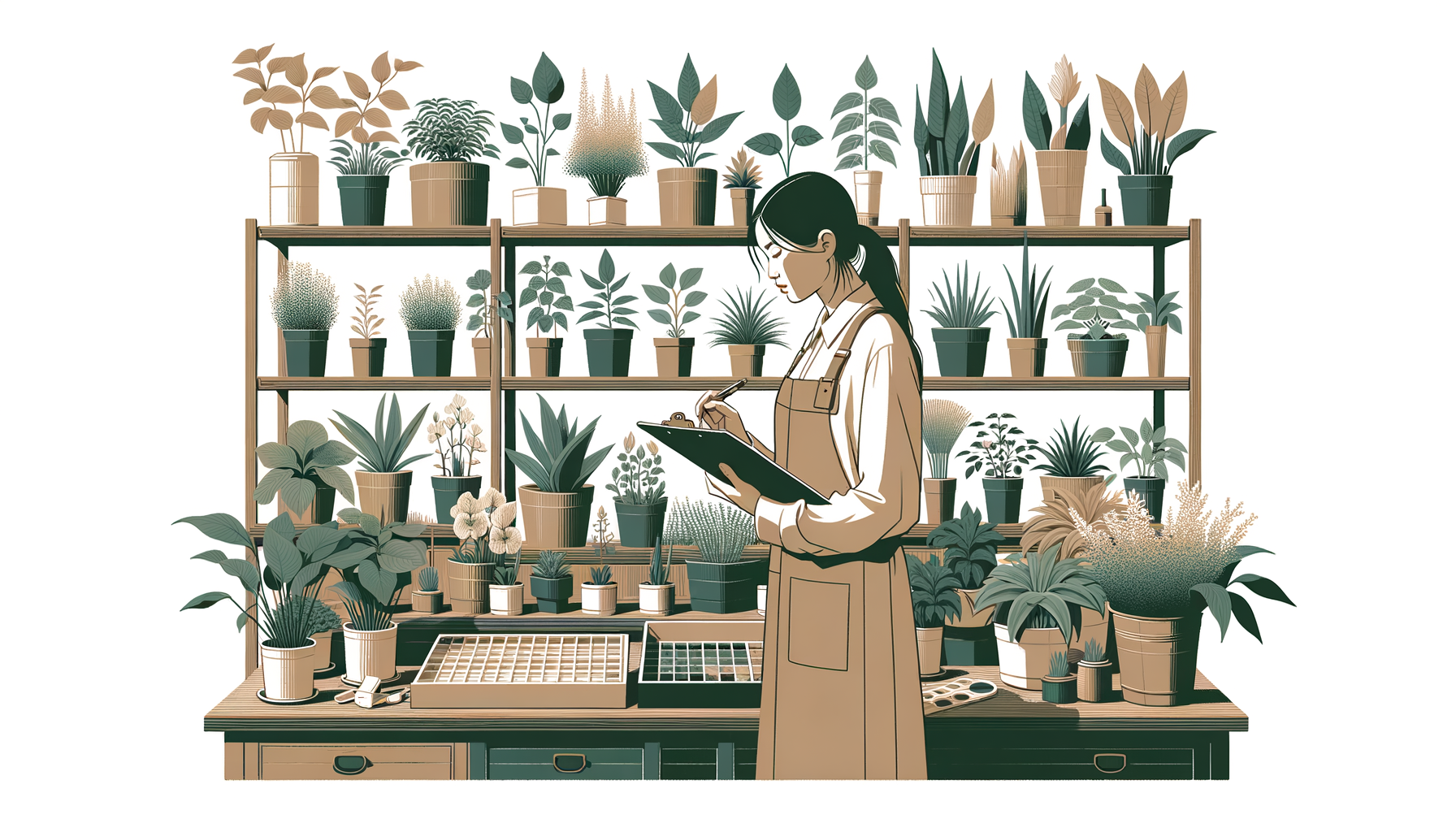
The journey to a greener home begins with the selection of the right plants. This process is not as straightforward as it may seem, as it requires a careful consideration of various factors. The first of these is the light conditions in your home. Different plants have different light requirements, and matching these to the conditions in your home is crucial for their survival. For instance, succulents and cacti thrive in bright light, while ferns and ivies prefer shaded areas.
The second factor to consider is the humidity level in your home. Some plants, like orchids and bromeliads, thrive in high humidity, while others, like snake plants and ZZ plants, prefer drier conditions. It’s also important to consider the temperature range in your home, as some plants are more tolerant of temperature fluctuations than others.
Lastly, consider the size of the plant and its growth pattern. Some plants, like the fiddle leaf fig, can grow quite large and require ample space, while others, like the spider plant, remain relatively small and are suitable for compact spaces. Also, some plants, like the pothos and the philodendron, are climbers and can be trained to grow in specific directions, offering additional design possibilities.
Creative Placement Ideas
Once you’ve selected your plants, the next step is to decide where to place them. This is where creativity comes into play. One popular idea is to group plants together to create a mini indoor garden. This not only makes a strong visual impact but also creates a microclimate that can benefit the plants.
Another idea is to use plants as room dividers. Tall plants like the bird of paradise or the monstera can be used to delineate spaces in an open-plan home. Alternatively, you can hang plants from the ceiling or place them on shelves to create a vertical garden. This is particularly useful in small spaces, as it allows you to add greenery without taking up floor space.
You can also use plants to highlight architectural features. For instance, a tall plant placed next to a window can draw attention to the height of the room, while a trailing plant on a mantelpiece can accentuate the fireplace.
Maintenance and Care Tips
Maintaining your plants is just as important as selecting and placing them. The first step in plant care is watering. Each plant has its own watering needs, and overwatering is a common cause of plant death. As a general rule, it’s better to underwater than overwater.
Light is another crucial factor. Ensure that your plants are getting the right amount of light, and rotate them regularly to ensure even growth. If a plant is not getting enough light, its leaves may turn yellow and fall off. If it’s getting too much light, its leaves may get scorched.
Humidity is also important, especially for tropical plants. You can increase humidity by misting the plants, placing a tray of water near them, or using a humidifier.
Finally, remember to feed your plants. Most houseplants benefit from a dose of fertilizer during the growing season. However, it’s important not to over-fertilize, as this can harm the plants.
Conclusion
Decorating with plants is a rewarding endeavor that can transform your home into a verdant oasis. By carefully selecting your plants, placing them creatively, and taking good care of them, you can create a space that is not only beautiful but also promotes well-being. So go ahead, embrace the green revolution, and let nature be your muse.

